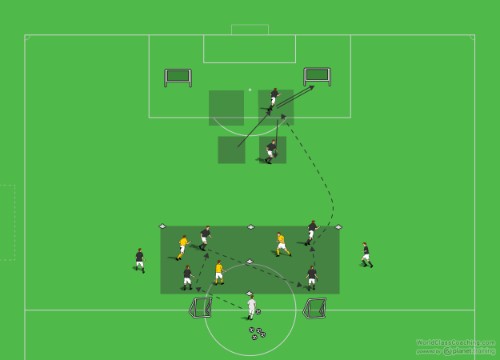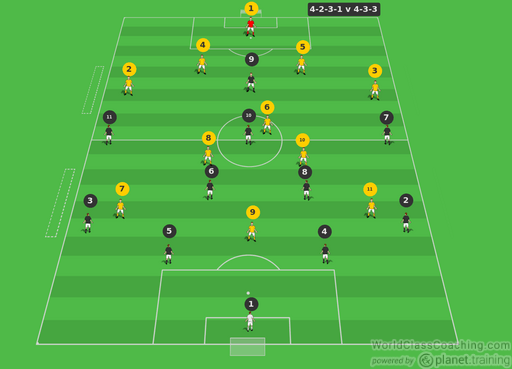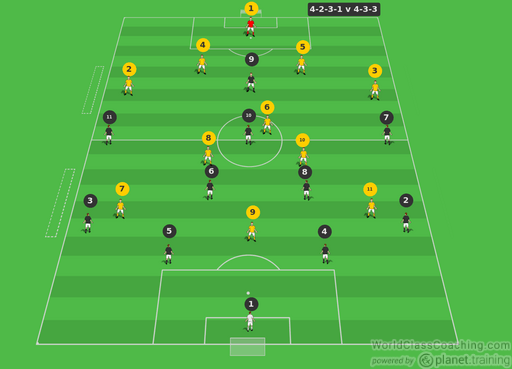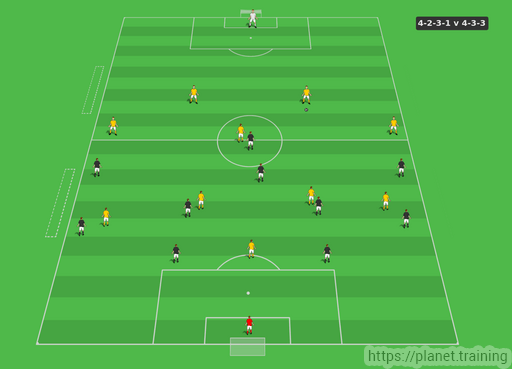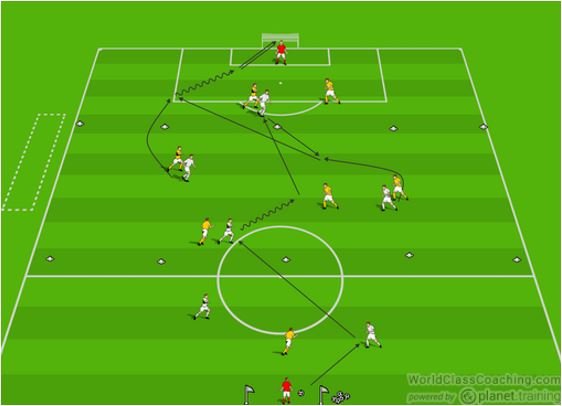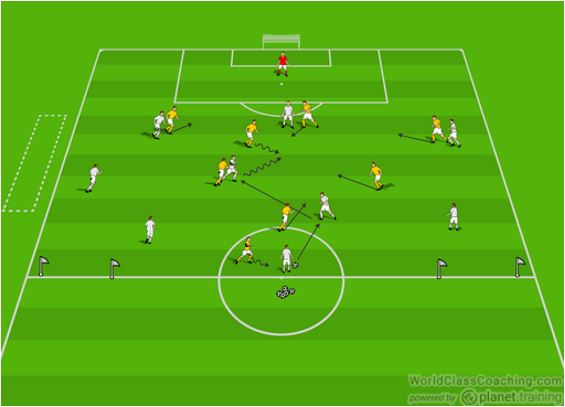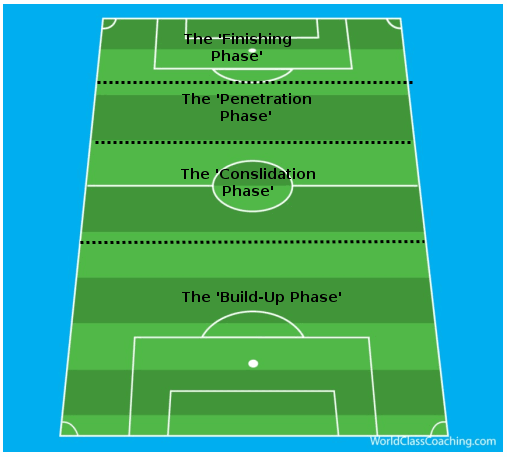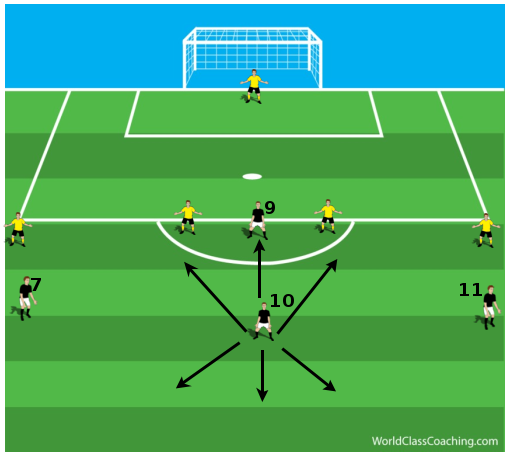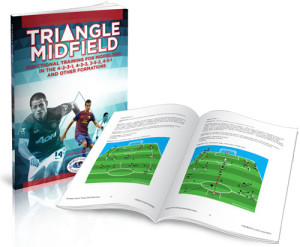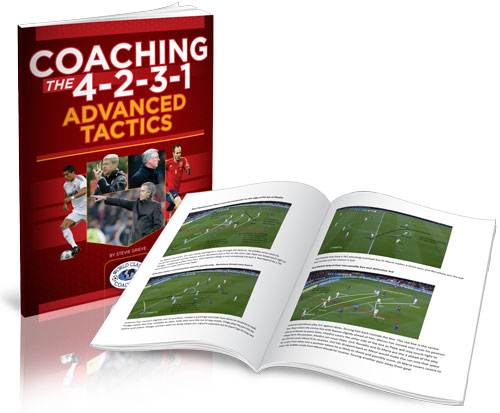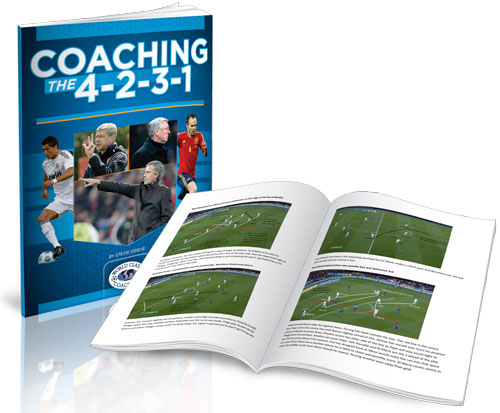This blog post from Vasco Mota Pereira of 'Combination Play' got my attention recently. It contends that the 4-3-3 formation may come back into vogue despite the popularity of the 4-2-3-1. It's an interested point of view that I thought you would enjoy.
Football, like most (all?) things in life, has its trends. Not that many years ago, playing anything other than a plain 4-3-3 would be sacrilegious (let's leave England alone, for now). In fact, when 4x2x3x1 started rearing its head, with Quique Flores its main champion, it was a bit criticized (including here) for numerous reasons. On the other hand, just like the two-man midfield, a three-man defense looked all but dead, some reminiscence from the Beckenbauer times. As this text is getting to you, it seems impossible to get away from either 4-2-3-1 (or 4-4-1-1, which is basically the same thing) or some version of a three-man defense (especially in Italy), nowadays - and there is hardly any team playing a true version of a 4-3-3.
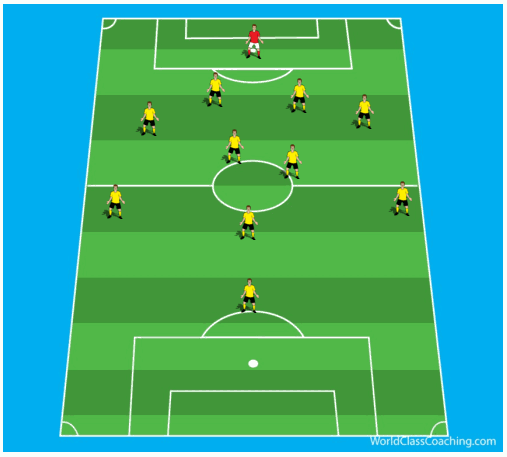 A typical 4-2-3-1 formation
A typical 4-2-3-1 formation
It is often said (with good reason) that games are not won on paper, sincethere is no one given tactical system that is
Continue reading
